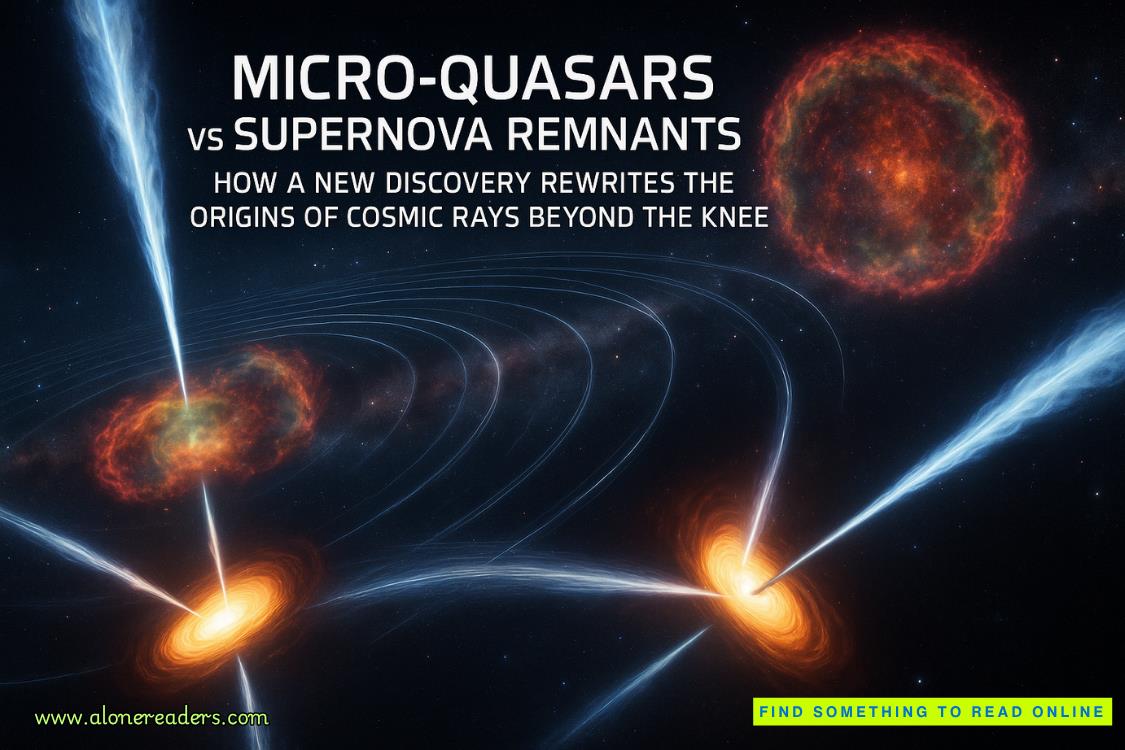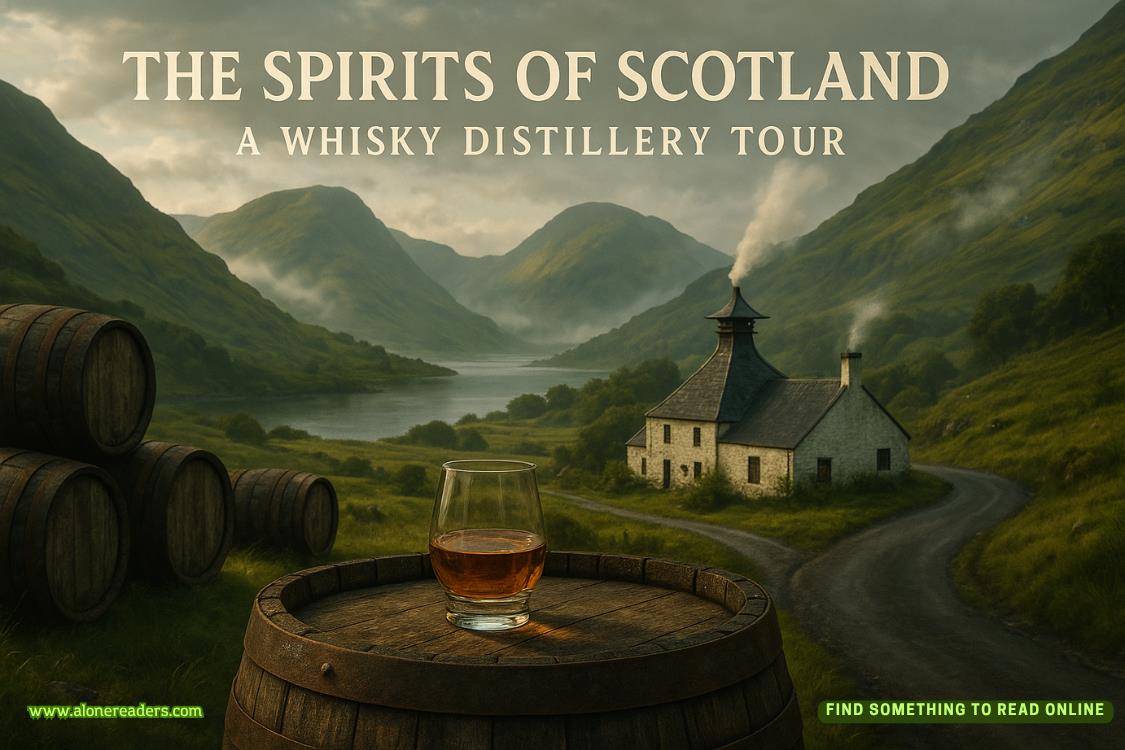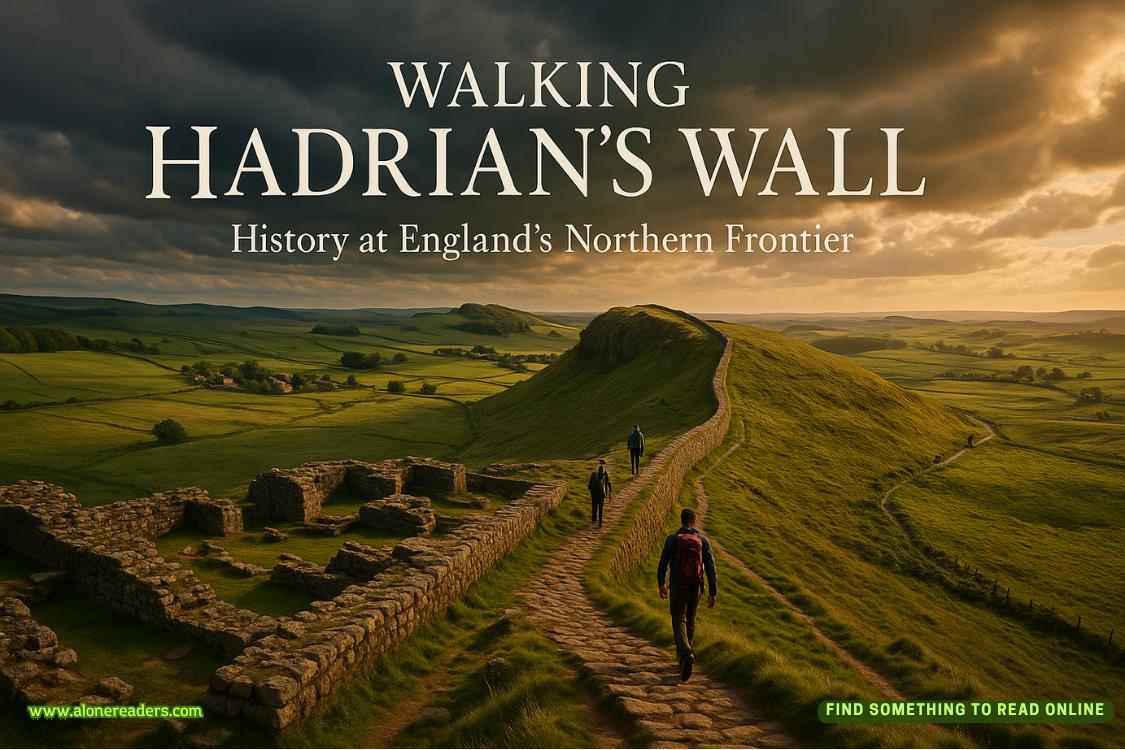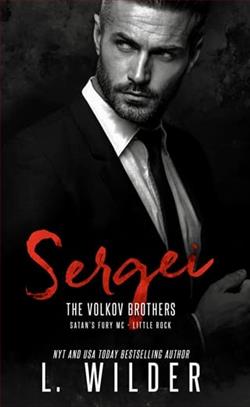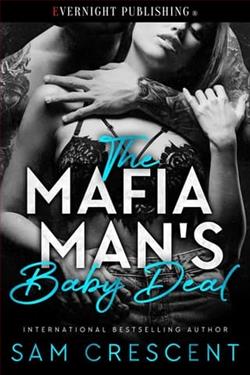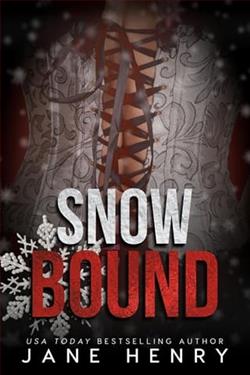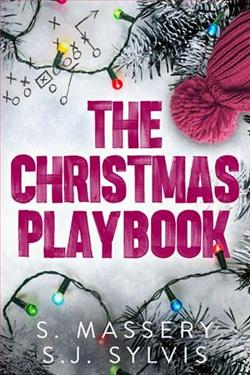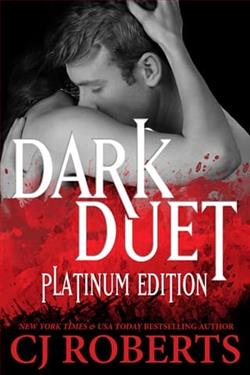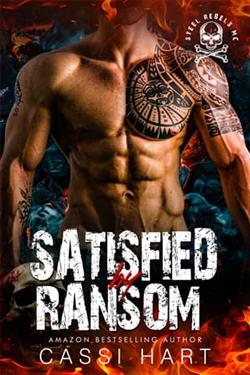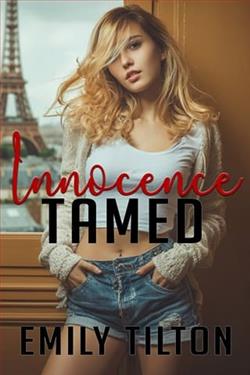Page 62 of Drawing Home
“Do you work ateverymuseum in this town?” she said.
“Ah, Ms. Winstead. We meet again,” he said. There was something very calming about his voice. As rankled as she felt by his association with Emma Mapson, Bea found him to be quite pleasant.
It was probably time to dispense with the formalities, although she and Mr. Sinclair were both from an era when manners were ingrained. Oh, she’d shed all that like a second skin when she’d moved to Greenwich Village in the sixties. But she found that as she got older, she instinctively reverted back to the habits of her conventional upbringing.
“Please, call me Bea,” she said.
“Bea, what brings you here today? Interested in the town’s rich whaling history? I’m happy to give you a tour.”
She knew he was teasing her. “As fascinating as that might be, I think you know I am here looking for significantly more recent artifacts.”
“You’re very goal-oriented, aren’t you? Has anyone ever told you to stop and smell the roses every once in a while?”
“Mr. Sinclair, I am in no mood.”
“Angus. Since we’re on a first-name basis.” He walked around to the front of the souvenir case. “I’ll show you to the archives room. But you’ll have to humor me if I point out a few treasures along the way.”
She followed him to a room just to the right of the entrance hall and winding central staircase.
“Look at this beauty,” he said, pausing in front of a book enclosed in a glass case. “An illustrated limited edition ofMoby-Dick. The preface is by Jacques Cousteau and the book is signed by him.”
Bea peered at the volume, opened to pages somewhere in the middle.
“Very nice,” she said impatiently.
“Read the plaque there.”
She skimmed the information about the display, details of the lithograph illustrations by LeRoy Neiman and some quotes from Jacques Cousteau. And then she readDonated to the Sag Harbor Whaling Museum by Henry Wyatt.
She looked up at Angus in surprise, and he smiled.
Oh, Henry. He did love his books. She made a mental note to go through his library more carefully. If she found other books that might be worth contributing to one of the local museums, she would show them to Angus. And then she remembered she had no legal right to do anything with the estate. That’s why she was there. To find a clue, a way to reverse the travesty of the will.
Passing through several rooms, moving toward the back of the building, Bea took more notice of the crown molding, intricate plaster ceiling, and Corinthian columns than she did of the exhibits. “This was once a private home?” she said to Angus.
“Indeed. It was built in 1845 as the home of Benjamin Huntting the Second and his family. Huntting made his fortune in the whale-oil business.”
“Who designed the house? Anyone of note?”
“A very prominent nineteenth-century architect. Minard Lafever.”
“I’m familiar. But why the Masonic signage out front?”
“After Huntting passed in 1867 the house changed hands a few times. It was unoccupied until 1907, when a well-known philanthropist, Mrs. Russell Sage, took ownership. It was her summer cottage until her death in 1918. Two years later, the Freemasons bought the building. Shortly after that, the historical society began exhibiting some artifacts on the ground floor. That was the beginning of the space becoming a museum, although that didn’t happen officially until 1936.”
“You are just a font of knowledge,” Bea said.
“I used to be a history teacher at the high school,” he said.
“When did you retire?”
“Ten years ago.”
“And you miss it.”
“Every day.”
“Well, I suppose now you can think of yourself as teaching adults.”

